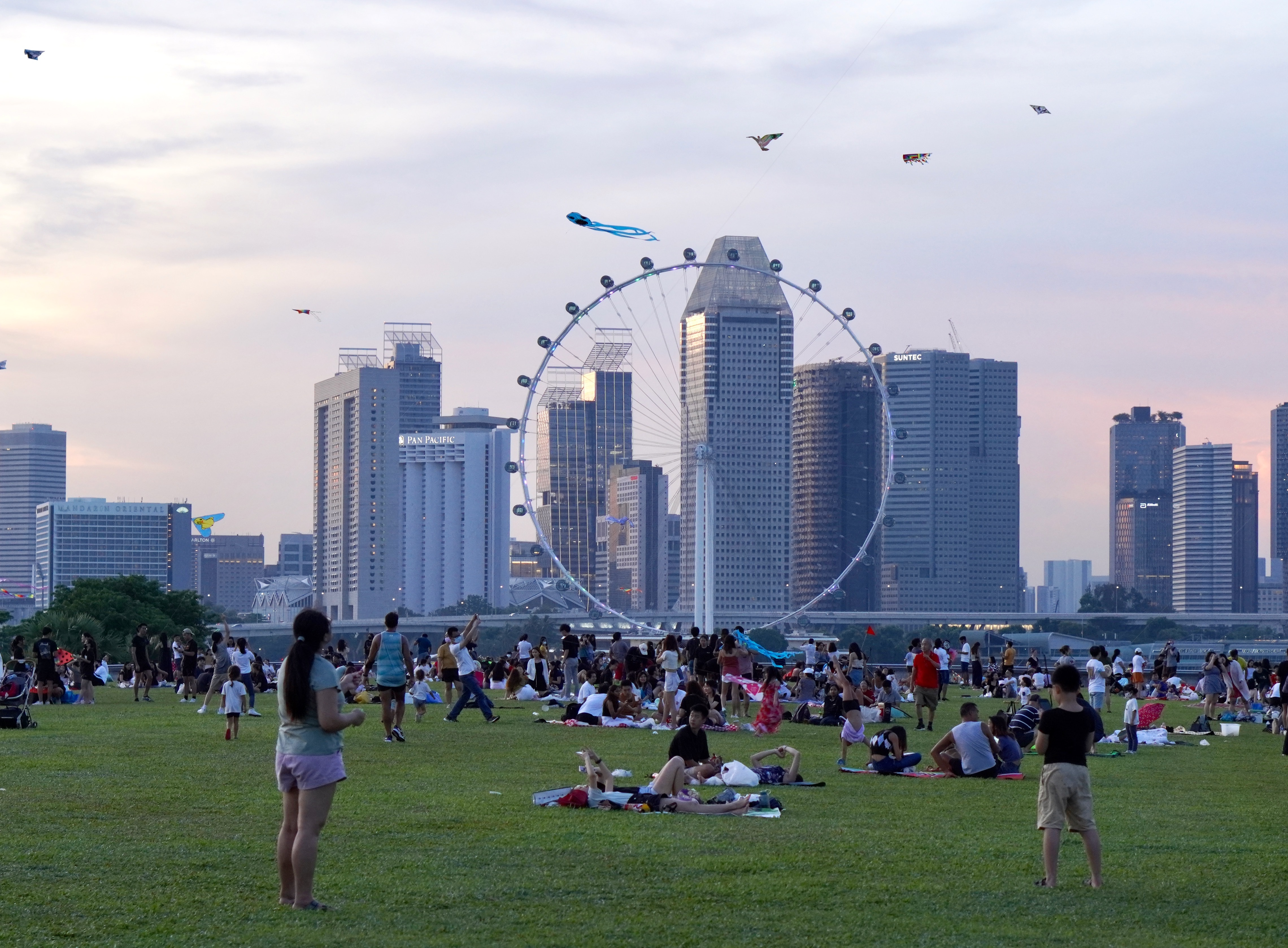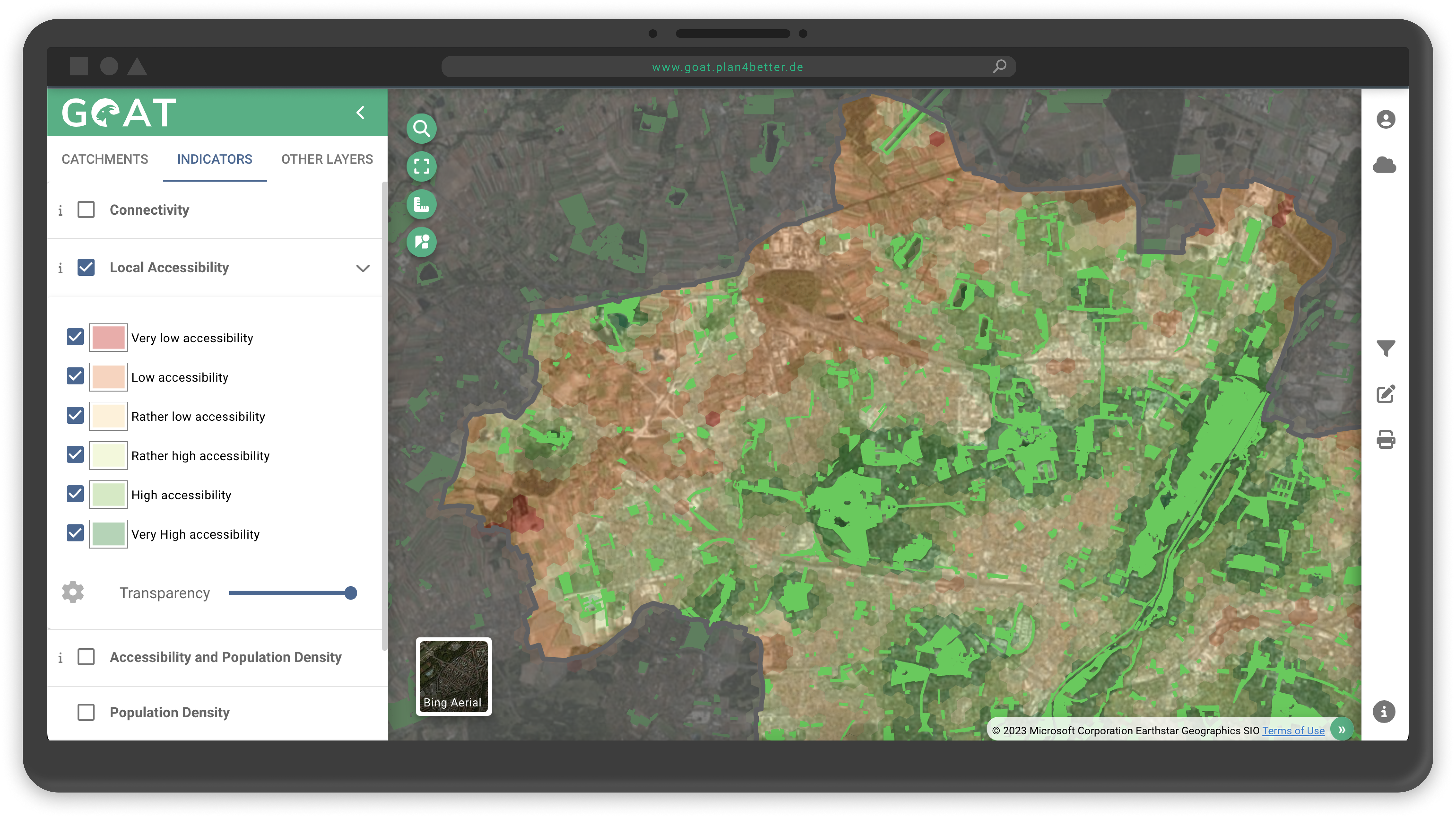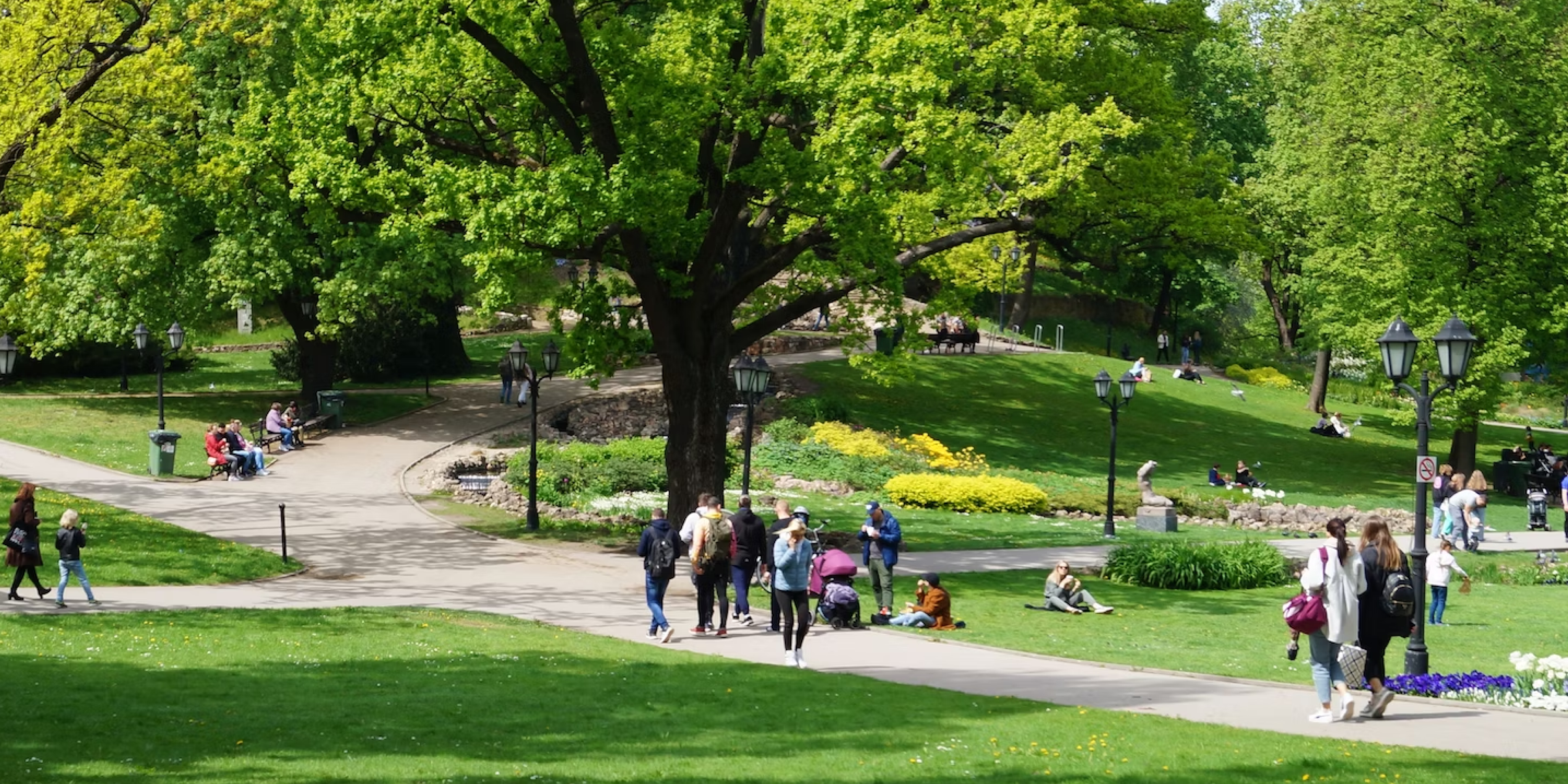Overview
Cities are the engines of economic growth, innovation, and progress, but they also generate significant environmental challenges, including pollution and urban heat islands. In response to these challenges, many cities have embraced the idea of green spaces, or urban land areas dedicated to parks, gardens, and trees. This article explores the benefits of green urban spaces, highlights pioneering cities that have successfully implemented these spaces, and discusses ways to ensure their democratic distribution.
Green spaces provide numerous benefits to urban areas, including reducing heat islands, absorbing carbon dioxide and other pollutants, and providing habitats for urban wildlife. Additionally, green spaces can improve physical and mental health by providing opportunities for recreation and exercise and reducing stress and anxiety. Moreover, green spaces can enhance urban areas’ beauty and aesthetic quality, increase property values, and boost tourism.
Pioneering cities embracing green spaces
Many cities have already embraced green spaces to enhance their resilience to climate change. For example, in Copenhagen, Denmark, the city has implemented a comprehensive plan to create green corridors that connect parks, gardens, and other green spaces. As a result, Copenhagen is now considered one of the world’s most liveable cities, with high levels of air quality, low traffic congestion, and a high percentage of green space per capita.
Similarly, the city has created a vast network of green spaces in Singapore, including parks, gardens, and even a botanic garden. This has resulted in a greener, more sustainable city with improved air quality, biodiversity, and recreational opportunities.

Marina Barrage, Singapore 2022 - Photo by Aparna Johri on Unsplash.
Equitable distribution of green spaces
While green spaces offer numerous benefits, their distribution across urban areas is only sometimes equitable. Lower-income communities often need more access to green spaces, as these areas tend to be concentrated in wealthier neighbourhoods. To tackle this issue effectively, cities can adopt policies prioritizing and promoting equitable access to green spaces.
These policies should not only focus on providing funding for creating new green spaces in underprivileged neighbourhoods and investing in improved public transportation infrastructure to enhance access to existing green spaces but should also actively involve citizens in the planning process. Engaging with community groups and soliciting input from residents can ensure that green spaces are designed and managed to align with the needs and aspirations of diverse populations.
Accessibility analysis for planning green spaces
Accessibility analysis are a useful method for the effective planning of green spaces. This process involves analyzing the ease people can access green spaces based on transportation options, distance, and physical barriers. By conducting accessibility analysis, city planners can identify areas where green spaces are needed, determine the best locations for new green spaces, and optimize the use of existing green spaces.
Additionally, accessibility analysis can help ensure that green spaces are distributed equitably across urban areas and meet the needs of diverse populations. High accessibility to green spaces is essential for creating resilient, sustainable, and liveable cities. People with easy access to green spaces are more likely to use them for recreation, exercise, and relaxation, which can improve their physical and mental health.

Jubilee Gardens, London 2020 - Photo by Luiza Giannelli on Unsplash.
We’re excited to announce the latest update to our planning instrument GOAT, which now enables users to calculate accessibility analysis specifically for green spaces in urban areas. With this update, GOAT expands its scope beyond traditional points of interest, recognizing the vital role that green spaces play in creating vibrant and liveable urban environments.
By including green spaces in our accessibility analysis, we aim to promote a greener future while addressing the growing need for equitable distribution and access to these valuable resources.

GOAT Accessibility analysis to green areas in west Munich.
How GOAT can contribute?
By incorporating green spaces into the accessibility analysis, GOAT equips urban planners, policymakers, and community leaders with valuable insights. They can identify areas that lack sufficient green spaces and determine optimal locations for new developments This data-driven approach ensures that decisions regarding the distribution and design of green spaces are grounded in objective analysis, promoting fairness and inclusivity throughout the urban landscape.
This latest GOAT update represents a significant step toward realizing our vision of sustainable, resilient, and inclusive cities. By integrating green spaces into our accessibility analysis, we empower users to make informed decisions, foster community engagement, and create urban environments that prioritize the well-being of all residents. We invite you to explore the new features of GOAT and join us in shaping a greener, healthier, and more equitable future for our cities.
Try GOAT!
Do you also want to perform accessibility analyses with GOAT or are you interested in further information? Contact us or try the free GOAT demo!


